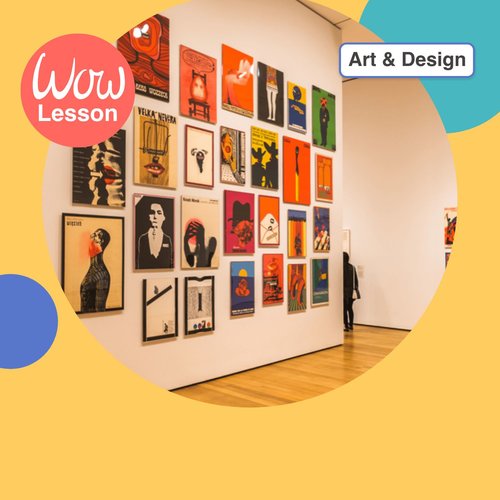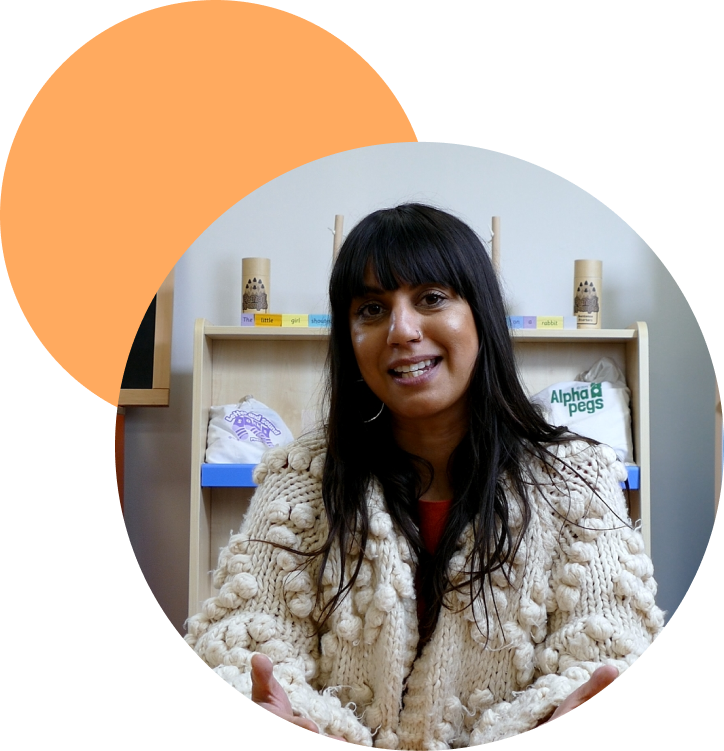
We aim to give food for thought as well as inspiring your creativity and
providing practical ideas you can’t wait to implement in your own settings!
Using Art to explore and communicate identity
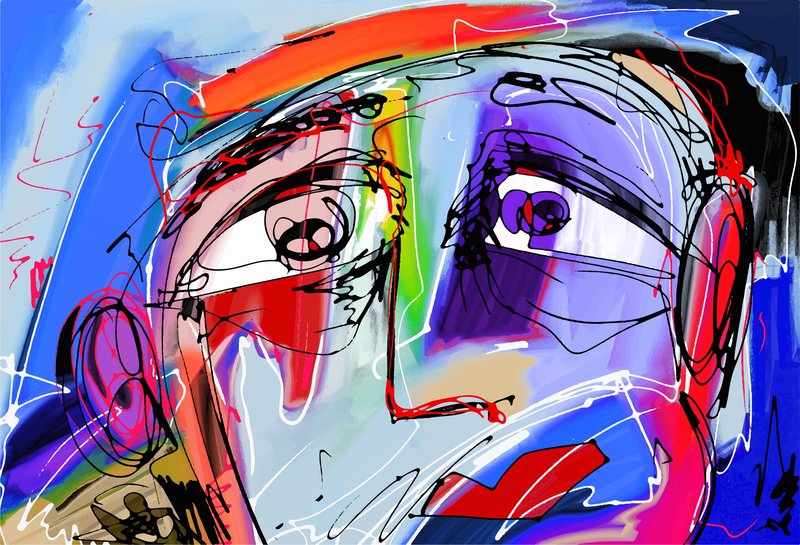
For as long as humans have existed, we have used art as a form of expression and as a way to explore our own identities.
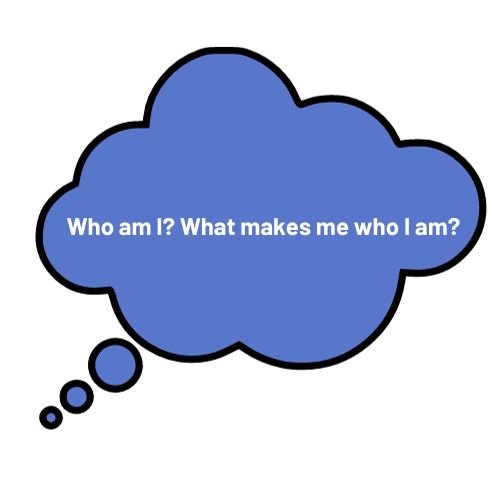
Getting started
Ask children – “What makes us who we are?”
There will probably be some visual elements suggested and some more abstract ideas. Here are a few areas you might explore together:
✓ Appearance – Skin colour, hair, eyes, height etc. What similarities do you share with others? Do you have any features that might be different or unique to you?
✓ Culture /Religion – How much of an impact does this have on who you are?
✓ Family/those who care – Name them and think about extended family. Who has the most influence on you and why?
✓ Genes – Inherited appearance and/or traits.
✓ Friends – How they influence you, for good or not-so-good!
✓ Language –Do you speak more than one language? What is your first language?
✓ Special interests – Hobbies, things you enjoy doing both in and out of school.
✓ Thoughts, feelings, moods and emotions – How are you feeling in the moment, and/or how you are affected by different circumstances?
✓ Location – Does this influence who you are? If so, how?
We need to promote and encourage the idea that we are all unique, recognizing, valuing and respecting differences.
Decide on what is best for the children – a purely positive affirmation of self or a balance of positive and what is perceived as negative.
Cross-curricular approach
Ideas could be explored as part of a cross-curricular, mixed media project. Here are a few ideas:
Art elements
Colour mixing to match skin/hair/eye, textures, photography.
PSHE
Identify 5 things they like about themselves, strengths, aspirations, relationships.
English
Adjectives to describe self (terms perceived as positive/negative/both) use fonts to match.
RE/culture
Religious symbols, flags, symbols important to group/family identity.
Geography
maps/journeys
Possible outcomes:
1. Create an art panel collage to reflect own identity.
It could include flags, maps, self-portrait, photos, adjectives, use of colour, special motifs, symbols, digital elements, important objects.
2. Silhouettes
Fill in a silhouette or black silhouette on one side, with elements of reflection on the other, filled with ideas/positive/negative.
3. Non-representational, abstract
This could be very interesting. Some children might want to use this solely as their form of communication, but others might like to explain their thinking behind what and how they choose to represent themselves.
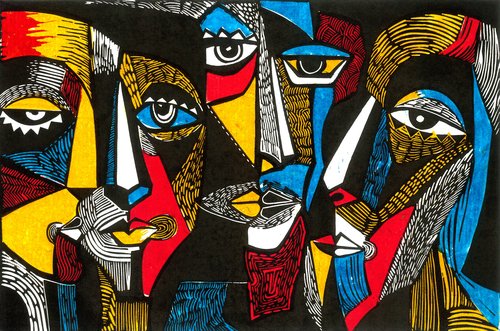
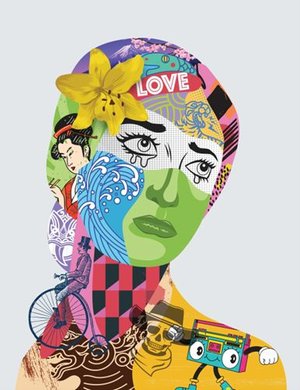
Other thoughts
1. You could create a class gallery but be aware that there may be some children who won’t want to share their work publicly.
2. Consider adding a recordable Chatter Cloud (or similar) to allow children to add voice notes to their piece.
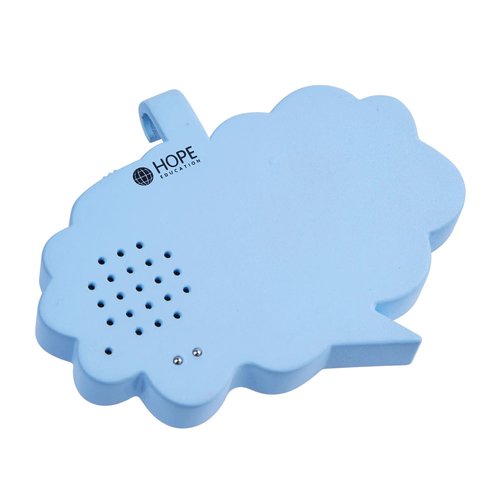
3. Also be aware that this exercise may open up some sensitive information.
4. If a child is having difficulty identifying their own strengths or coming up with positive ideas, invite peers to contribute with reasons to back up what they say, e.g., “You are kind because when I was upset you were nice to me and tried to cheer me up.”
5. You, the teacher, could create your own version to share as an example. Children could ask questions about the piece before you explain the elements/ideas included, verbalizing the methods/media chosen and the reasons for them.
